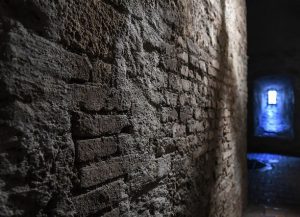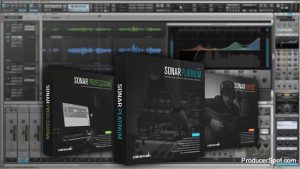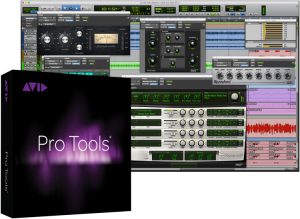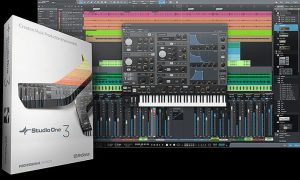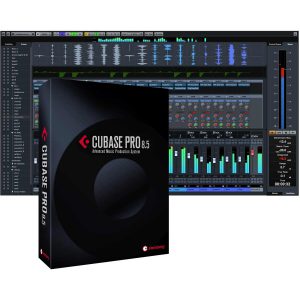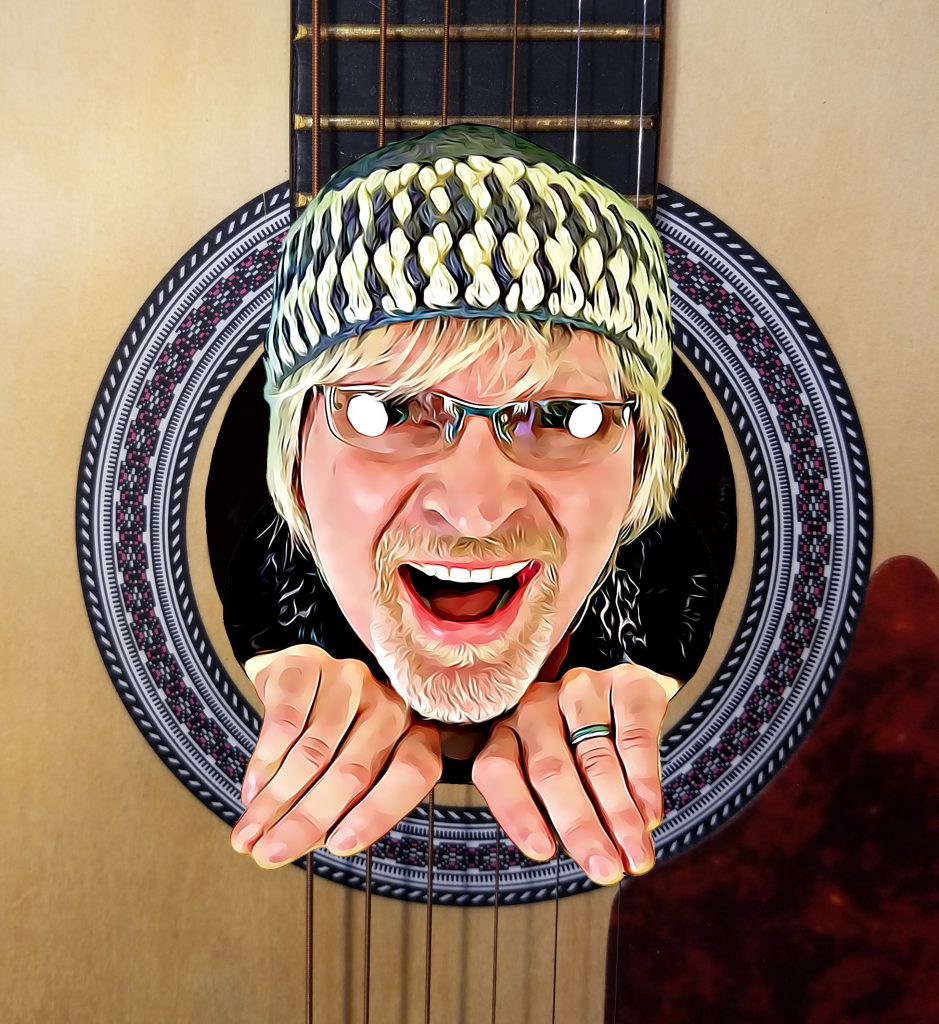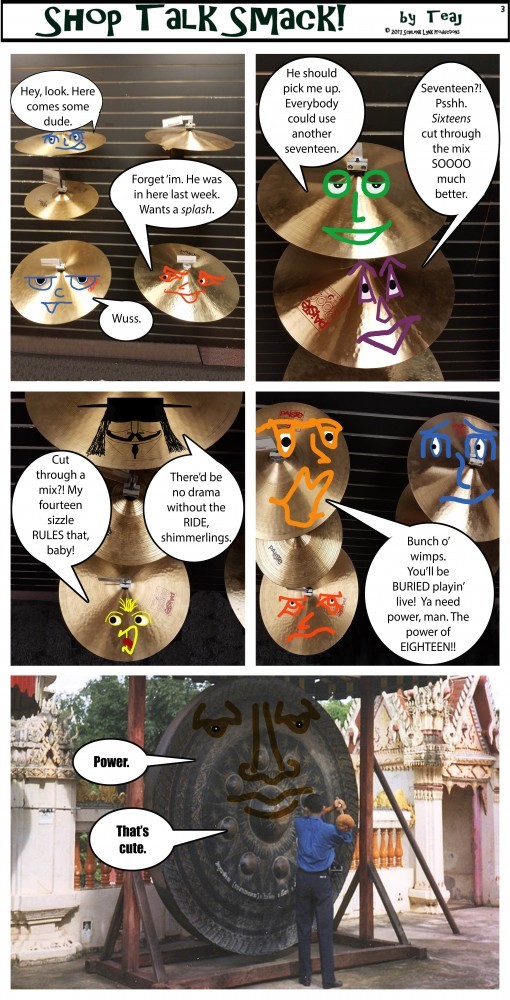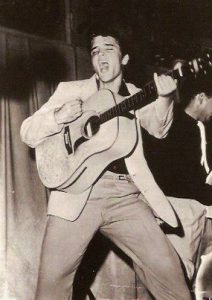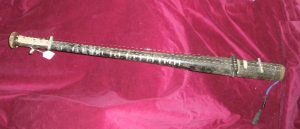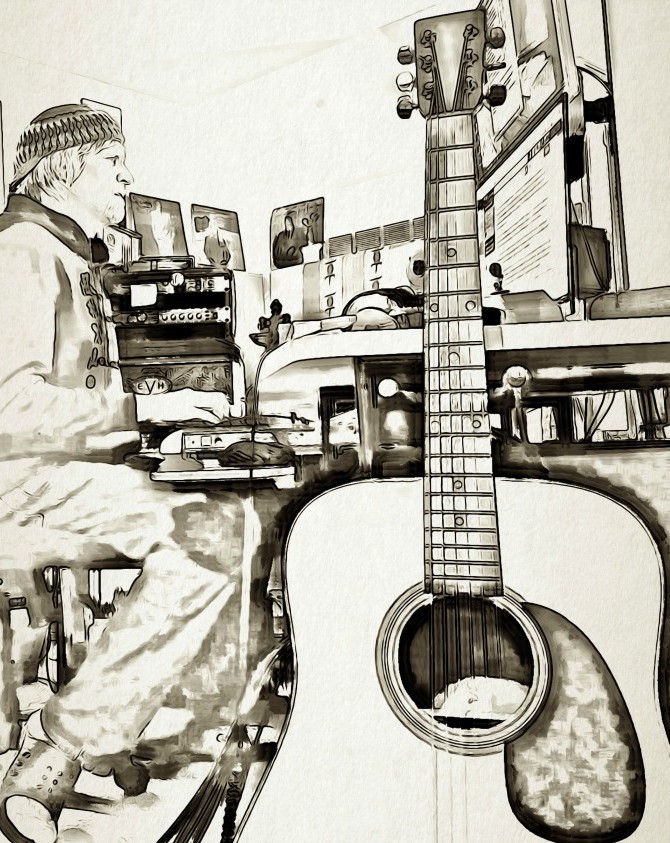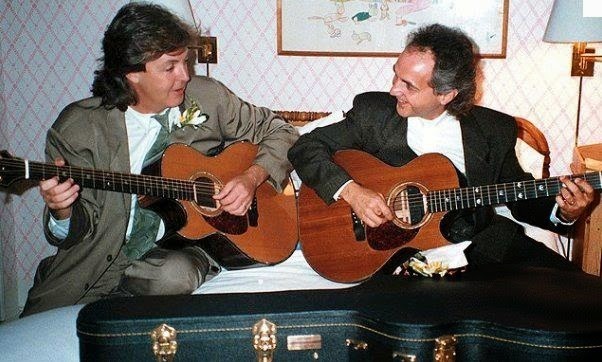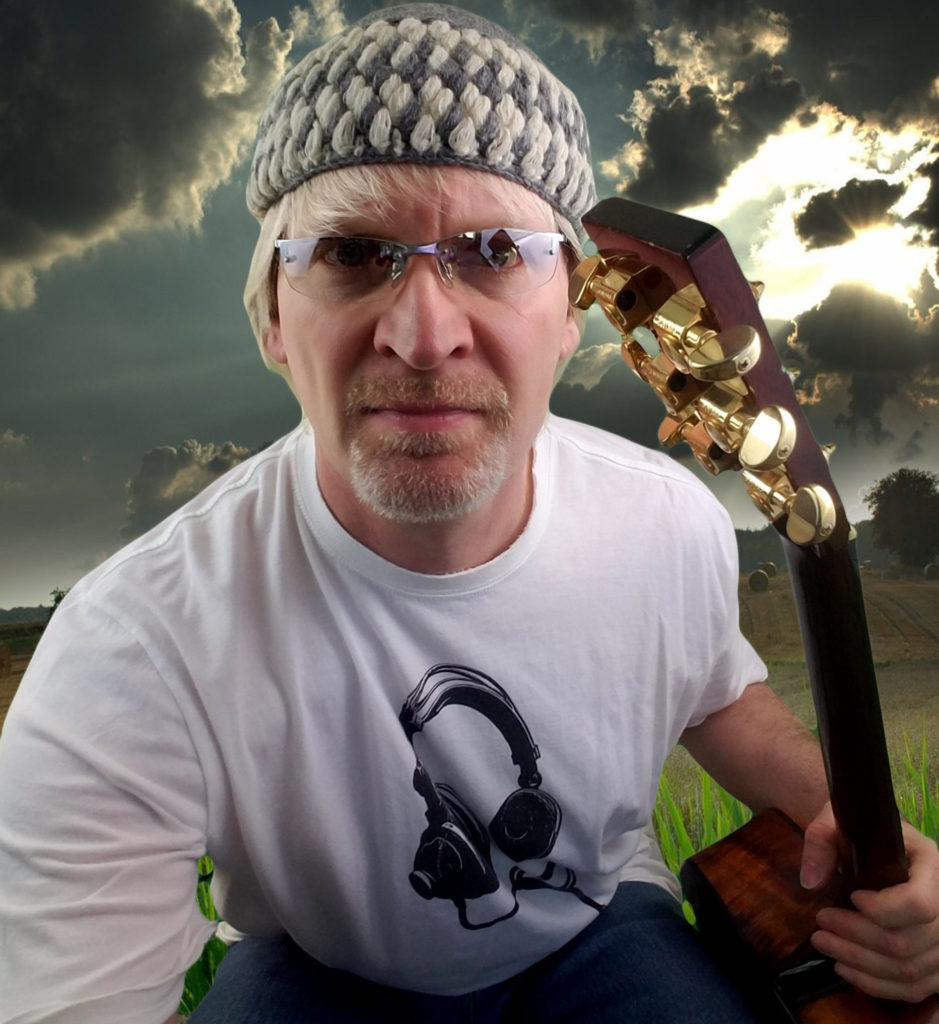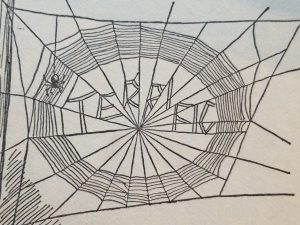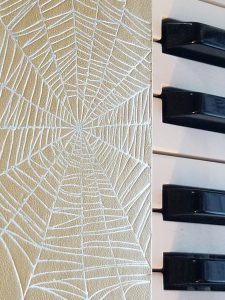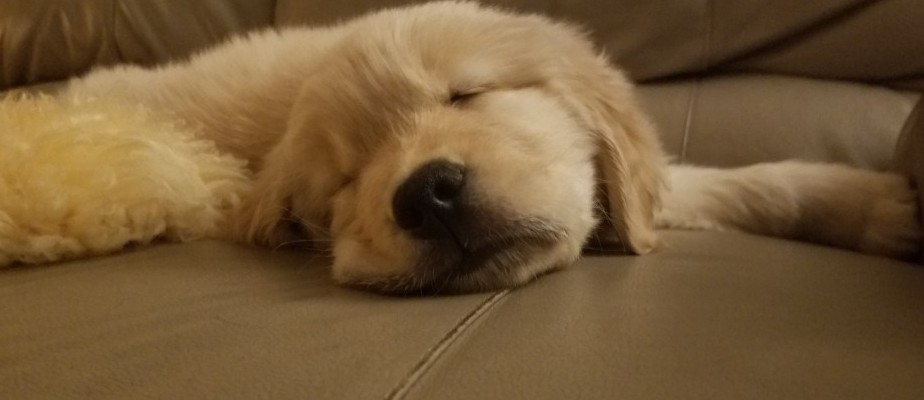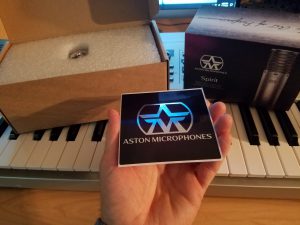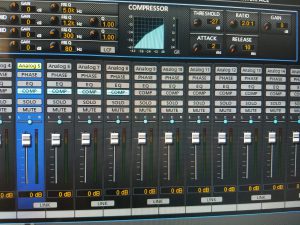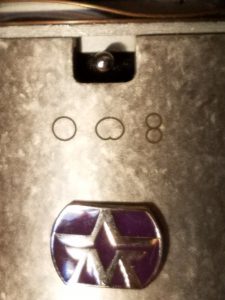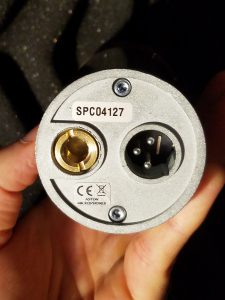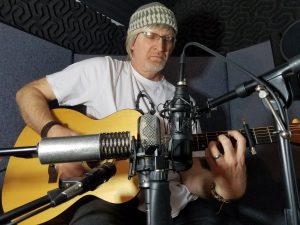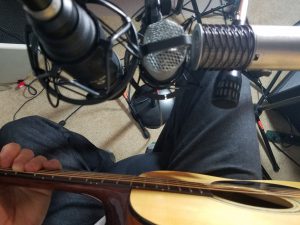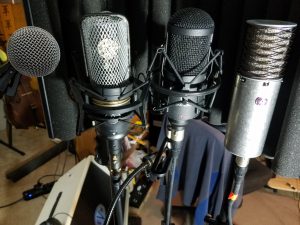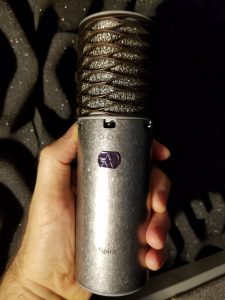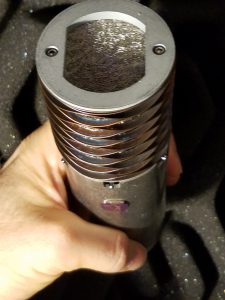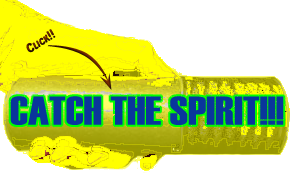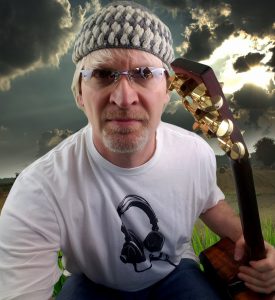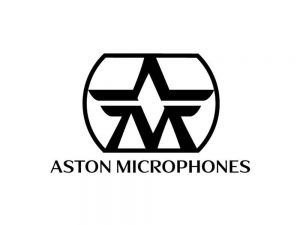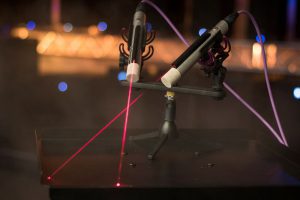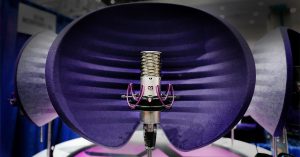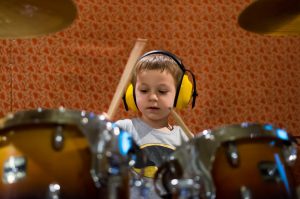(Editor’s Note: Charlotte continues tutoring us for a second time in how to “make a song” today. You guys really liked her first entry, so let’s see what other genius ideas she’s got… this time about the writing of the tune and music!)
Salutations! Charlotte here again. Teaj said you appreciated my last post about how to make a song (read part 1 here), so he invited me back. Thank you for your kindness. I’ll try to be as effective this time as last!
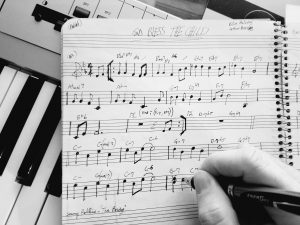 Today we are going to concentrate on writing the actual music of your song, not the words. The melody of your tune and the chords that back it are your main concerns, and must be there in order to “sound right”. But how do we choose in a world of hundreds of chord and melody choices? What even are those choices? Good questions, and they have simple answers really, at least when you’re starting out.
Today we are going to concentrate on writing the actual music of your song, not the words. The melody of your tune and the chords that back it are your main concerns, and must be there in order to “sound right”. But how do we choose in a world of hundreds of chord and melody choices? What even are those choices? Good questions, and they have simple answers really, at least when you’re starting out.
Before we discover the simplicity of it all, let me catch any fears you might have in my web, roll them up and stuff them in a dark corner. Question not your ability to write music. I’m going to crawl out on a limb (which I do often anyway) and say that composing music is not hard. No, really. You can make it complex if you want, but it doesn’t have to be. So just relax into this lesson with me and by the end… you’ll be cranking out lovely melodies and interesting chords in no time.
Let’s go!
“Count On Me”, the Major said.
Can you count to seven? You can? Then you will have no problem understanding how to write popular music in this day and age. It is as simple as comprehending where it all begins: the major scale!
The Major Scale has seven different notes. Every song you hear is based on one or more major scale. When we play a major scale we usually also throw in another note at the top – this eighth note is just a repeat of your first note. For example, if we start on the note “C”, our major scale is this:
C – D – E – F – G – A – B – C
Notice how that last note is the same as the first one. It’s a repeat. But there are only, again, seven different notes. That’s all. Easy, right?
The major scale will probably sound familiar to you. One famous song that uses a major scale is the “Doe, a deer, a fe-male deer…” tune from “The Sound Of Music”. I like that show. So many good melodies and lyrics. Some excellent songwriting there, friends.
I want you now to go to a piano or keyboard now and play the C major scale. Keyboards are great for songwriting and learning music theory since you can see clearly all the notes you are playing, and not playing. Start on the “C” note. To find it, locate a group of two black keys anywhere around the middle of your keyboard. There are also groupings of three black keys but we don’t want those right now. Once you’ve found a group of two black keys, the white key adjacent to them on the left is the note “C”. Here’s picture to help:
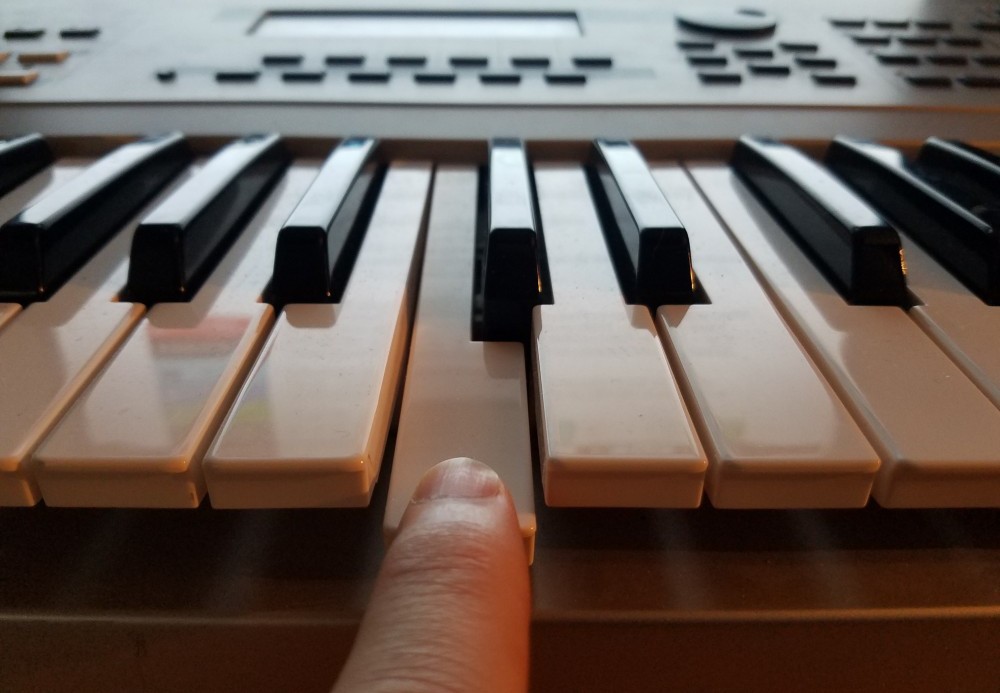
Now that you have your starting note, “C”, go ahead and play, going to the right, all the white keys, until you get to the eighth note up, which will be “C” again.
Now play it in reverse, going down, until you reach the “C” note you started on.
There! Did you get it? Great. Keep playing that every once in a while until you can do it without thinking. The sound of the major scale should be so ingrained in you that you can sing it, anytime, anywhere.
The KEY Songwriting Figure… is You!
Some confusion can be found whenever anyone mentions a song having a specific “key”. What does this mean??
Again, it’s really simple. The key of a song is the designated seven notes that you will use in a song. And what do we call those seven notes?? You know. The major scale!
For example, you just played the C Major Scale. If we want to start writing the music for a song, we could use that scale to do so. since the name of the scale is C Major, what key do you think we’d be writing in? The correct answer is… “C”! Whatever your major scale name is, that’s also the name of your key.
Simple, isn’t it?
Here’s a good bit of information to know too, just to round out your expertise on the subject: There are actually twelve different notes total to choose from in the musical tradition of Western Countries. If we counted all the white AND black keys on a keyboard we’d find only twelve different notes. Here is a picture of all twelve, starting with white key A and ending with black key G# (say that “G sharp:):
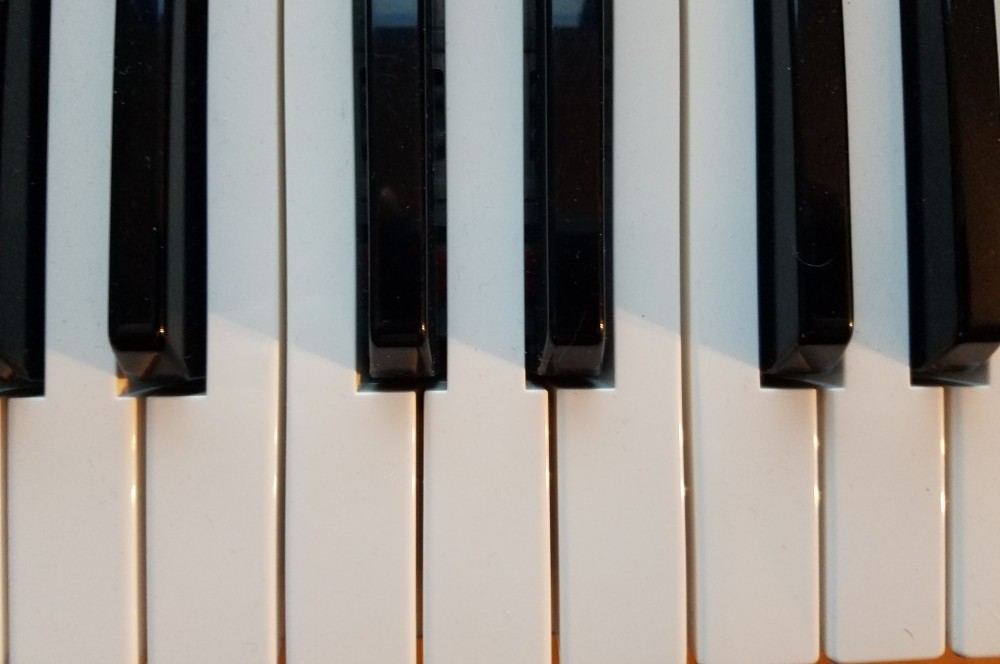
All these notes are repeated again and again as you go up or go down on any instrument. Once you reach G#, you start over again with “A”. Repeat. Repeat. Up and down. Easy peesy.
When you choose a certain key to write a song in, however you only use… how many of notes, again?? Right – seven is correct. That’s why songs can be in many keys, because we can choose many different combinations of seven notes among those twelve total.
I Would… DI-atonic For… YOU…
So, this word “diatonic”… what is it and how does it relate to songwriting? Well, it just means “the chords or notes that are specific to a given key or scale.” And how many of those are there?? Riiiiight,… seven.
Seven notes. That’s it. Out of a total of twelve different notes to choose from, a given key only uses seven. And we call those notes the “diatonic notes”. Think of them as “the right notes” for a given key. So, for example, in our key of “C” from above, what are the diatonic notes for the key of “C”?
Just like before, they are:
C – D – E – F – G – A – B
Strike a Chord With Your Audience
Now the fun begins! It’s time to designate the seven diatonic chords that go along with our key. These will back up our melody and make it sound really wonderful. Chords are a group of typically three or more notes sounded together at the same time. Our major scale we played one note at a time. Chords we play by pushing fingers down simultaneously, so we hear multiple notes, not just one.
To figure out what these seven chords are, we’ll use the formula that is always the same. Any and every key you choose will use this diatonic formula. That’s why writing is easy; there are few rules to remember in diatonic-land. Here is the formula:
- Our ONE chord is MAJOR
- Our TWO chord is minor
- Our TWO chord is minor
- Our ONE chord is MAJOR
- Our ONE chord is MAJOR
- Our TWO chord is minor
- Our TWO chord is minor (and diminished)
Notice that there’s really only two choices: major chords and minor chords. What do those terms mean?
First, let’s examine the MAJOR chord. Emotionally, this group of notes sounds bright and happy. Wanna write something to make people smile? Put a lot of major chords in it. Technically, it is performed by playing a root note, a third, and a fifth. Thus, it will have three notes total. The third is found by counting up from your root note FOUR white and black notes. Then, from your third, count up THREE white and black notes to find your fifth.
Now let’s put that theory into practice for some cool-sounding music! Since we began in the key of C, we will start on the first note, “C”. This is our root note. Put the thumb of your right hand on C.
Now count up from “C” four white and black notes. Play that note with C. You are now playing your root (C) and the third of the chord (E).
Now count up from “E” (the third) three white and black notes. Play that note with C and E. You are now playing your root (C), the third of the chord (E). AND the fifth of your chord (G). Congratulations – you’re playing your first real chord!
Here is what our “C chord” should look like:
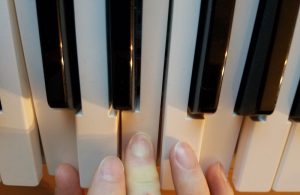
Wow. We’re making exceptional progress here. Let’s keep going!
We must now designate the chord built on the second note of our major scale. This will be called our “two chord”. Why? Because we’re building it off of the second note of our major scale. Makes sense, doesn’t it?!
The two chord is always a MINOR chord. Emotionally, a minor chord sounds dark and sad. Depressing songs love minor chords. Think Pink Floyd. Technically, It also has three notes total: a root note, a third, and a fifth, just like before. The difference is our third is a half-step, or one black or white key, DOWN from where it was for the major chord.
That means we will count up from your root note THREE white and black notes. Then, from your third, count up FOUR white and black notes to find your fifth. See how that is the opposite of what we did for the major chord?
Putting that theory into practice, we will start on the second note in our major scale, “D”. This is our second note. Put the thumb of your right hand on this D.
Now count up from “D” three white and black notes. Play that note with D. You are now playing your root (D) and the minor third of the chord (F).
Now count up from “F” (the minor third) four white and black notes. Play that note with D and F. You are now playing your root (D), the minor third of the chord (F). AND the fifth of your chord (A). Here’s what the chord “D minor” should look like:
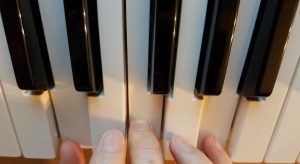
Congratulations – you’re playing your first real minor chord!
Now all you have to do is continue up the major scale and construct either a major, or a minor, chord upon each of the remaining 5 notes. You will then have the “seven diatonic chords for the key of C”. Here’s a secret for the key of C: your hand will stay in the same shape for all seven chords. Just move up your hand, keeping the same shape, one note at a time and you’ll get all seven chords right.
Make it a point to listen to how the major chords sound bright and the minor chords sound sad. Get to know this difference so you can pick out major and minor chords in songs you hear elsewhere.
When you finish making all 7, you should have, according to our diatonic formula:
- C Major
- D minor
- E minor
- F Major
- G Major
- A minor
- B minor (diminished)
Put these chords together with any repeats you want, as many times as you want, in whatever order you want. If you think it sounds good, then it’s right! I recommend having three different chord progressions: one for a verse, one for your chorus and one for a bridge to your song, but you can also just go with a verse and a chorus section if you want.
Once you’ve composed two or three chord progressions that sound good to you, record yourself playing it, with your phone or some other device. Now you’re cookin’!
Breathe, and Be, the Melody
Next, let’s create a good melody to go over those chords. Play your recording of your chord progression for your verse. If you’re good at improvising with your voice, go ahead and create your melody that way. If you’re not good yet at singing spontaneously, just play around with your diatonic notes (the seven major scale notes) until you have a melody that you think sound good over your verse chords. See? It’s not hard at all.
If you have already written words, then try to sing or play a melody that fits them. If, for example, you want to sing “My baby, he reflects me like the wa – a – a – ter”, then you’ll need that same amount of notes for each syllable, which in that sentence is thirteen. They can be all different notes, or only some different and some repeated. You probably don’t want a melody consisting of just one note over and over because, well… it’ll sound a little boring, ya know?
Remember, just like your diatonic chords, you can play any combination of your diatonic notes to create a melody too. Any! Since those white keys are all in the key of C, all of them will sound “right” in most cases.
As you compose, don’t stress about it either. Enjoy this experience. Who you are right now will automatically let you know what sounds good. If you write tomorrow or next year, your senses might lead you another way. Whatever. It’s all good. Breathe in life. Breathe out music. Breathe in music. Breathe out life.
Keep repeating. 😉
Next, continue playing your recording and create a good melody to go over the chords of your CHORUS section. This melody should be different from what you composed for the verse. This helps give the song variety and keeps people from being bored by hearing the same thing over and over.
If you composed chords for a Bridge section, then by all means create a different melody over those chords as well.
Compose Yourself!
You now either have a completely finished song, or you have composed all your music and just need to put words to your melody and you’re done! Way to go!! Not only do you now know how to compose in the diatonic key of C, you understand why everything fits together, and that’s quite a feat.
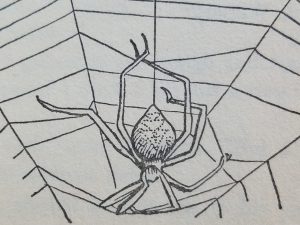 If you’re like Teaj and I, you will find this process so magical and fulfilling that you’ll continue with it your whole life long. Keep doing it and the more time you invest in it the better you’ll get. It’s like anything, right? Practice makes progress. Hmm. I’ll have to spin that one into my web this week!
If you’re like Teaj and I, you will find this process so magical and fulfilling that you’ll continue with it your whole life long. Keep doing it and the more time you invest in it the better you’ll get. It’s like anything, right? Practice makes progress. Hmm. I’ll have to spin that one into my web this week!
Thanks for stopping by. Let us know how this and our other articles have helped you, and if you have any questions, as always, drop us a line in the comments section.
Here’s to hearing your songs in the top 50 someday soon!
Now, go… spin… songs!
Charlotte
